A patch of “highly toxic” plants has been cordoned off at a popular Highland walking trail over fears the public could be poisoned.
Forestry and Land Scotland (FLS) has taped off and erected warning signs around parts of the Frank Bruce sculpture trail at Feshiebridge, south of Aviemore, after the discovery of monkshood present.
The poisonous plants can pose a serious risk, and according to Nature Scot they can result in severe health problems or even death if ingested — but they can also cause serious harm just by touch alone.
To reduce the danger to the public, FLS has covered the monkshood at the sculpture trail with black plastic.
Once the plants are dead, FLS staff intend to safely remove them.
Feshiebridge monkshood taped off to ‘prevent accidental contact’
Paul Hibberd, regional visitor services manager at FLS, said the organisation took action on August 14 after concerns were raised in order to “prevent accidental contact” between the plants and people enjoying the Frank Bruce sculpture trail.
He said: “Once the leaves have all died off and the plants are safe to handle, we will dig them up and remove them.”
Paul explained FLS is taking action to remove the monkshood because “they are growing close to a promoted path in a well-used area”.
He continued: “Monkshood is not common on the land we manage, but as with anything else, we would advise that people avoid touching plants or fungi they cannot identify”.
What is monkshood, and how did it end up growing at Feshiebridge ?
Monkshood, also known as devil’s helmet, or wolf’s bane, is one of the UK’s most poisonous plants.
A spokeswoman for the Nature Scot, the Scottish Government’s nature agency, said monkshood is not native to the Feshiebridge area, but can be found commonly growing in gardens.
She explained that “it’s likely the plants here have escaped into the wild”, and said that Nature Scot supports the decision by FLS to kill and remove the plants at Feshiebridge, “as they are non-natives here”.
The spokeswoman continued: “Monkshood is one of the aconites, and among a number of highly toxic plants which can cause severe problems and/or death if ingested.
“Others include foxgloves, deadly nightshade or hemlock, for example.
“At Nature Scot we want to encourage people to enjoy nature.
“Learning and sharing knowledge about the wide range of different plants in our countryside adds to that enjoyment, as well as to safety.
“We strongly recommend that people are cautious about handling unfamiliar plants or fungi, and certainly do not eat anything they are unable to identify as safe.”
What should you do if you think you’ve been poisoned with monkshood?
All parts of monkshood are very poisonous, including the roots.
The poison can be fatal in large amounts if eaten, but such incidents are not common because it tastes highly unpleasant.
It can also cause problems by touch alone.
If you or someone you know is suspected to be seriously ill after coming into contact with monkshood, the NHS says to phone 999 and request an ambulance.
Signs of serious illness as a result of poisoning can include being sick, losing consciousness, drowsiness or seizures.
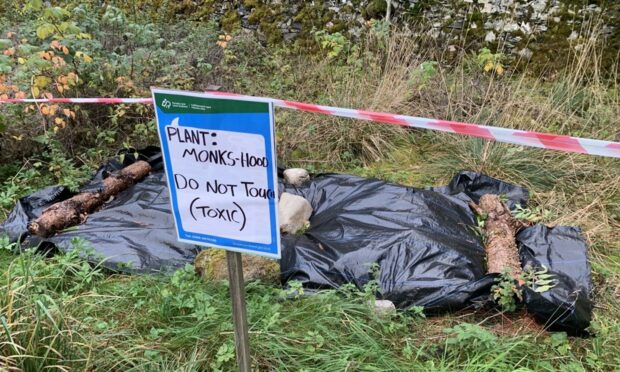
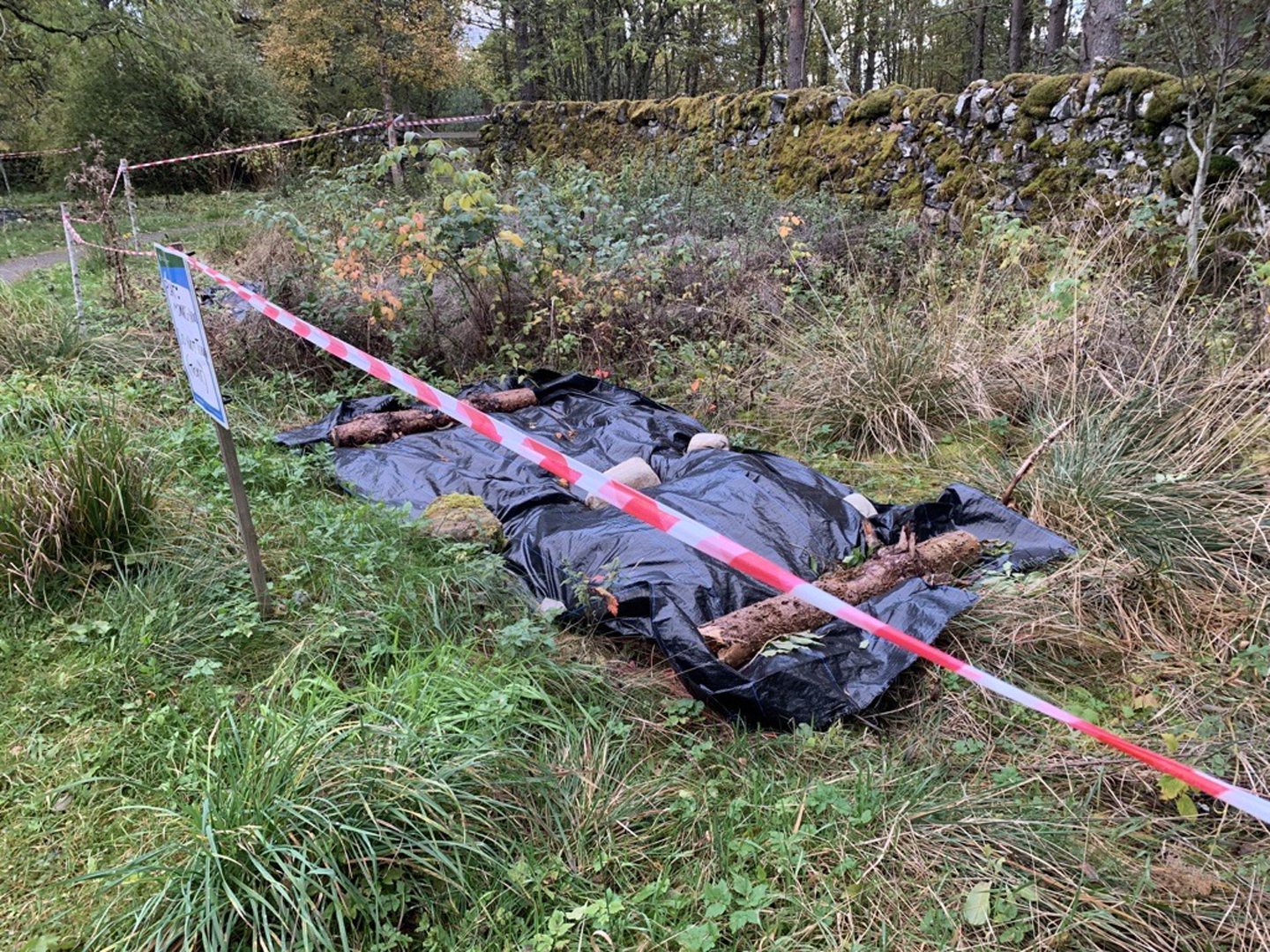
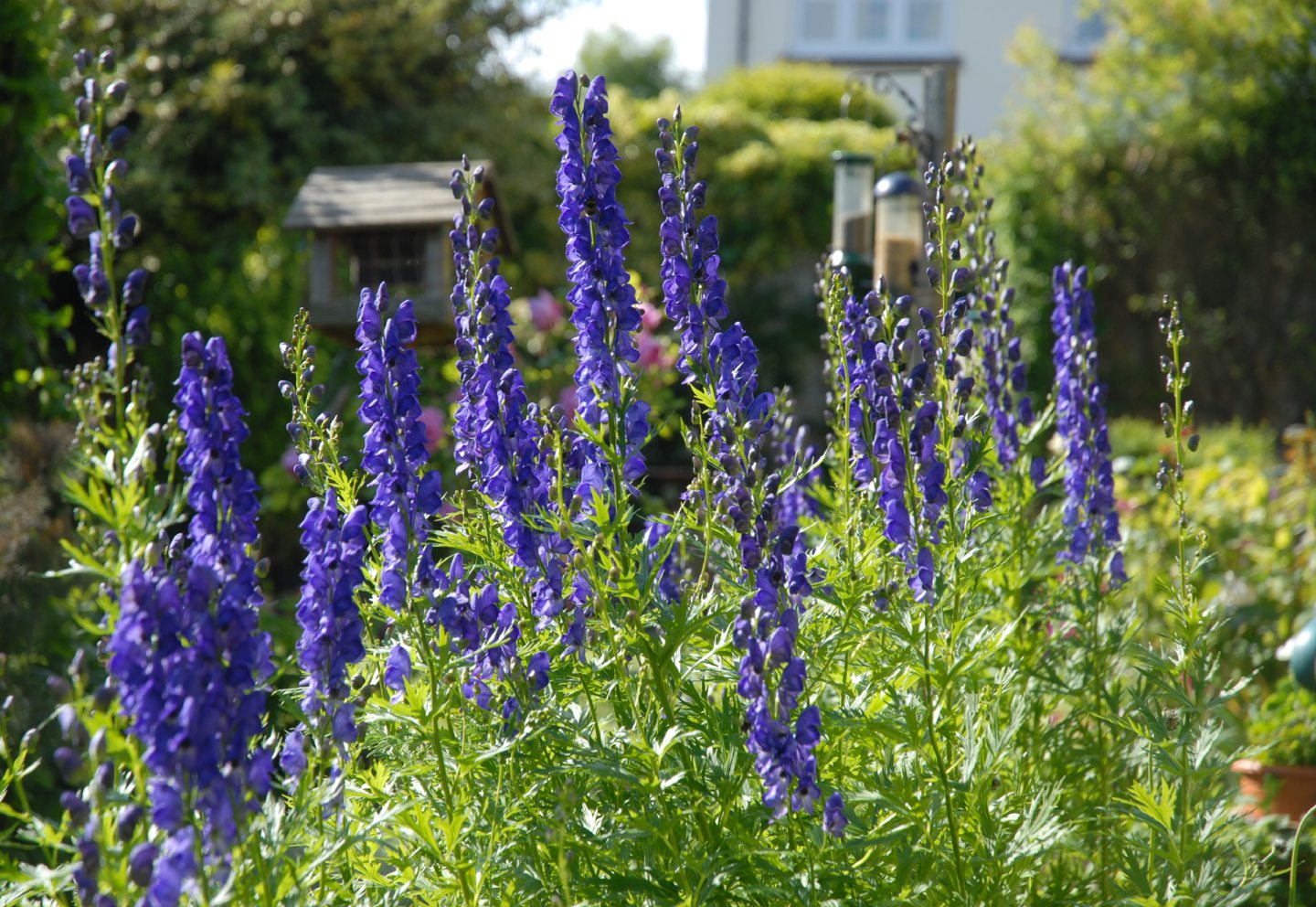
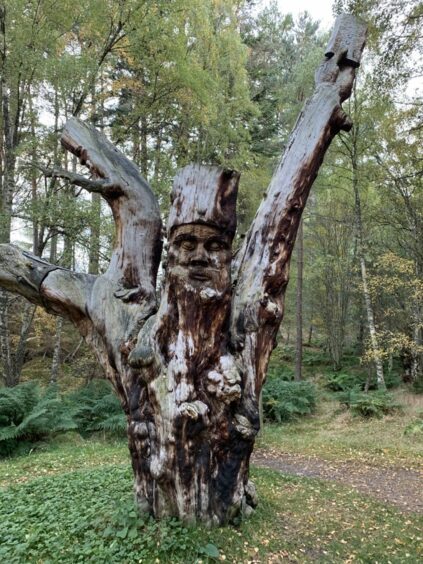
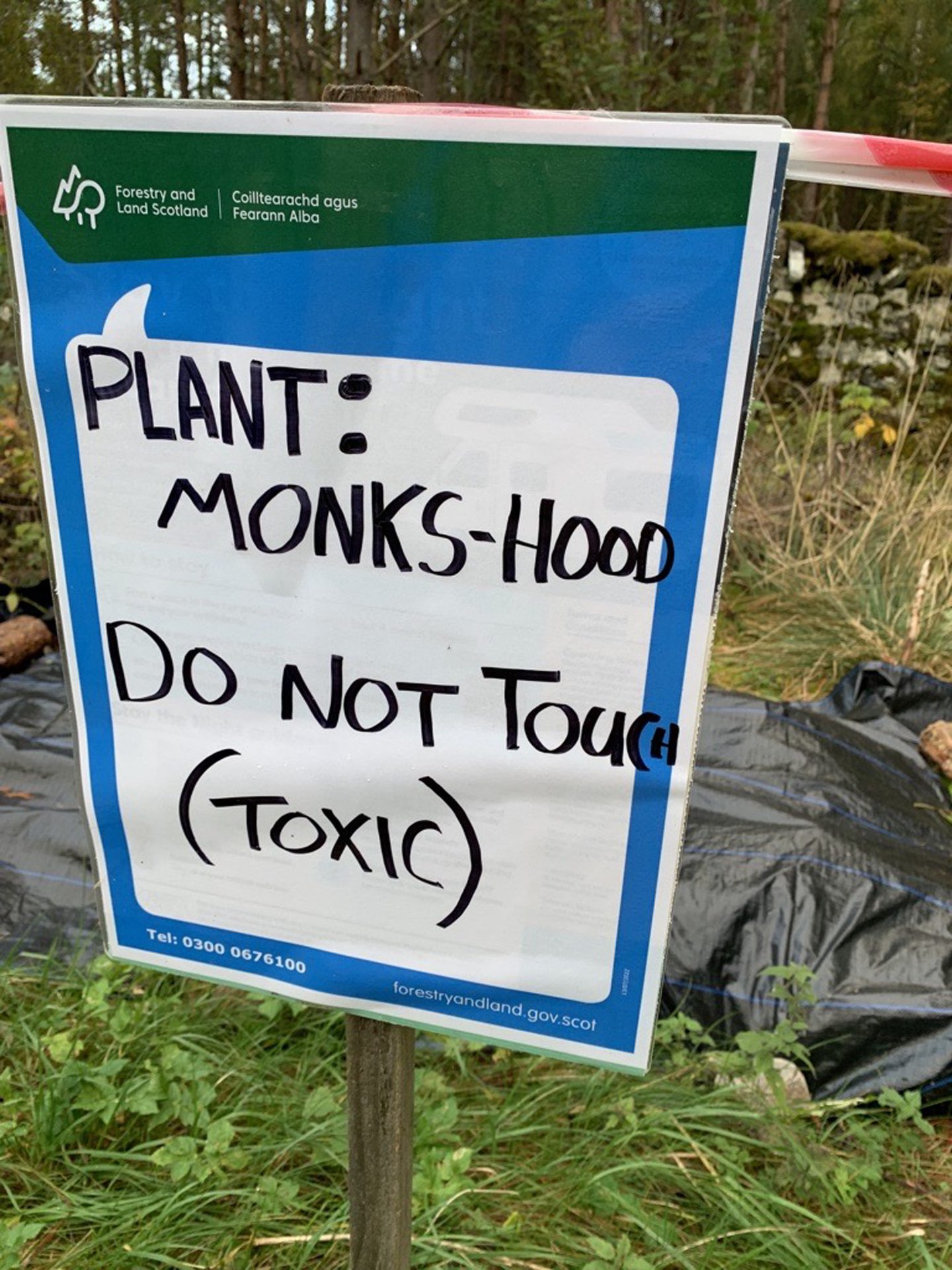
Conversation